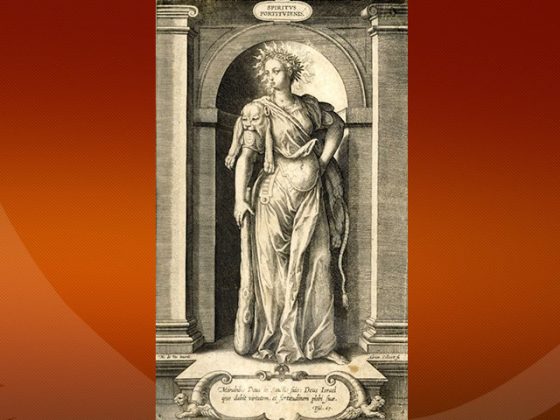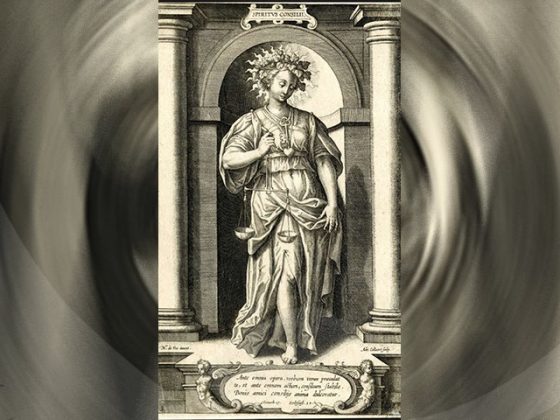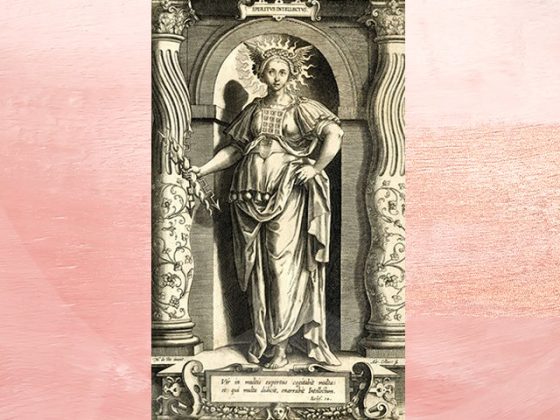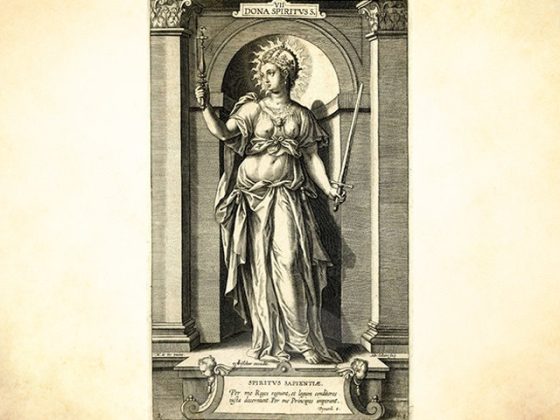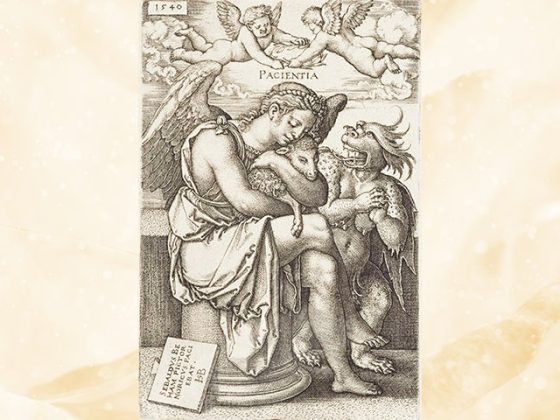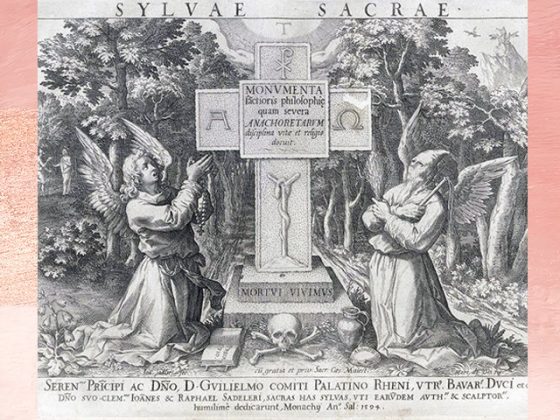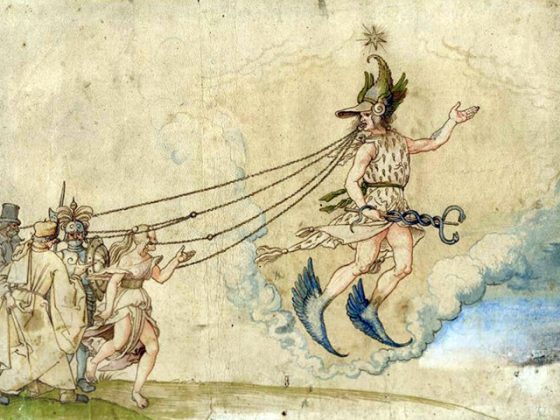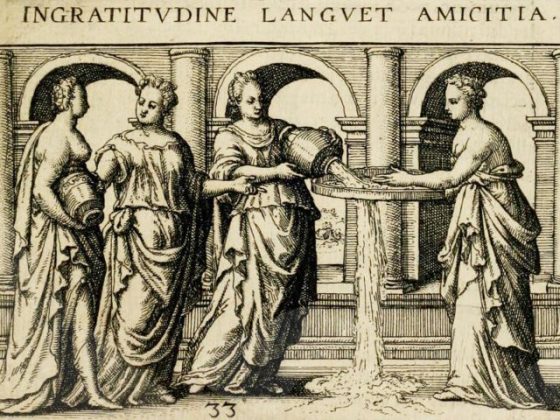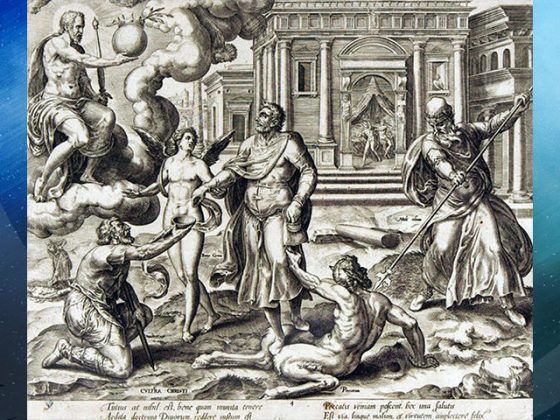This engraving shows us that the Holy Spirit gives souls the strength or power necessary to face the diverse circumstances of our existence.
Spiritus Fortitvdinis
This engraving shows us that the Holy Spirit gives souls the strength or power necessary to face the diverse circumstances of our existence.
Spiritvs consilii
This engraving teaches us that the Third Logos only asks to illuminate our path by giving us good advice so that we do not make mistakes on our pilgrimage.
This engraving shows a lady, which is representative of understanding, as one of the mental faculties that should be present in our lives.
The seven gifts of the Holy Spirit are an enumeration of seven spiritual gifts that were first found in the book of the Prophet Isaiah.
Our Venerable Patriarch, V.M. Samael Aun Weor, emphasizes to us: “Patience is the ladder of the Gnostic and humility is the door to his garden.”
This beautiful engraving shows us that our redemption is only possible through the help of the cross.
Hercules gallicum
These engravings represent the Gallic God Hercules, who is the parallel of the Greek Heracles and the Roman Hercules.
Ingratitudine languet amicitia
‘The ungrateful man who pays for a service without any interest does not have the favor of the Goddesses of Orchomenus, rather he is like a sieve: between their open holes, if whole rivers are poured, they will flow out immediately.’
Cultura Christi
Este hermoso grabado nos muestra ante todo la grandeza de buscar el camino del Cristo íntimo. Al mismo lo vemos dentro de una nube enseñando a un devoto el globo, que representa el caos espermático, coronado por una rama de laurel, símbolo, asimismo, del triunfo hermético.


